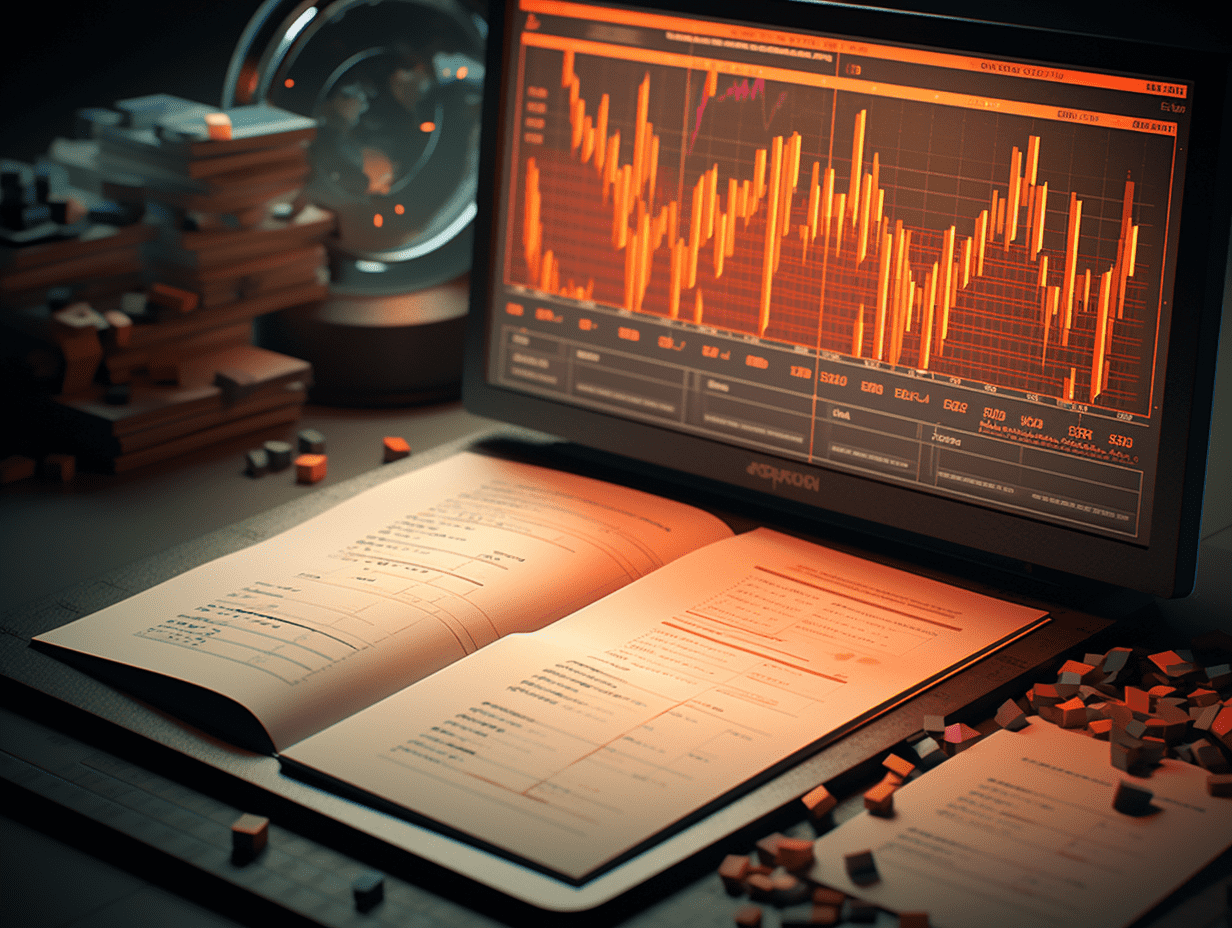
"Space Xing" has officially given the United States a "diagnosis": under heavy tariffs, the United States will decline this year.
Morgan Chase's latest forecast predicts that the global tariff policy announced by the Trump administration will lead the United States into an economic recession this year. This policy has caused a stock market crash, and investors need to be wary of the risk of "stagflation," while also expecting that the Federal Reserve may be forced to accelerate interest rate cuts.
In a client report released on Friday, Morgan Chase significantly lowered its economic expectations for the United States. The bank's chief U.S. economist Michael Feroli stated, "We now expect real GDP to contract under the pressure of tariffs, with a full-year (fourth quarter-over-fourth quarter) real GDP growth rate of -0.3%, below the previous forecast of 1.3%."
This alarming assessment further points out, "The contraction in economic activity is expected to suppress hiring and gradually lead to an increase in the unemployment rate to 5.3% over time."
This forecast directly responds to President Trump's announcement on Wednesday of a large-scale tariff plan on global trade partners. This news has already led to a stock market crash in the United States, with the S&P 500 index falling to its lowest point in 11 months, evaporating $5.4 trillion in market value in just two trading days.
Wall Street widely downgrades growth expectations
Morgan Chase is not the only institution adjusting its expectations. Since the tariff announcement, several banks have successively downgraded their economic growth forecasts for the United States this year:
- Barclays stated on Thursday that it expects GDP to contract in 2025, "consistent with a recession"
- Citigroup economists lowered their growth forecast for this year to just 0.1% on Friday
- UBS economists reduced their forecast to 0.4%
UBS's chief U.S. economist Jonathan Pingle warned in a report, "We expect U.S. imports from other regions of the world to decline by more than 20% in our forecast period, primarily concentrated in the next few quarters, bringing the import-to-GDP ratio back to levels before 1986. This strong trade policy action implies a massive macroeconomic adjustment for the United States, a $30 trillion economy."
"Stagflation forecast" warns investors
Of particular concern to investors is the potential situation of "stagflation" - a combination of economic stagnation and inflation. Feroli expects the Fed to start cutting interest rates from June and continue to cut rates at each subsequent meeting until January next year, reducing the benchmark interest rate from the current range of 4.25%-4.5% to 2.75%-3%.
However, these rate cuts will take place against the backdrop of core inflation rising from the current 2.8% to 4.4% by the end of the year.
"If realized, our stagflation forecast will pose a dilemma for Fed policymakers," Feroli wrote. "We believe substantial softness in the labor market will eventually prevail, especially if it leads to weaker wage growth, giving the committee more confidence that a price-wage spiral will not occur."
Complex choices for the Federal Reserve
Despite increasing economic risks, Federal Reserve Chairman Powell said on Friday, "I feel we don't need to rush" to adjust interest rates. His remarks came after the U.S. Bureau of Labor Statistics released the March employment report, which showed strong job growth but a slight increase in the unemployment rate to 4.2%.
In contrast, futures market investors are currently betting that the Fed will cut rates by a percentage point before the end of this year, indicating that market concerns about the risk of economic recession are rising.
For investors, this situation means being prepared for a complex environment of slowing economic growth and continued inflation pressure. Trump's tariff policy is reshaping the outlook for the U.S. economy, potentially leading to the most severe market adjustment since the pandemic began in 2020.
This article is adapted from "Wall Street Seen," by author Pan Lingfei; GMTEight editor: Liu Jiayin.
RECOMMEND
©️2013 - 2025 GMT EIGHT Holdings. All Rights Reserved.
Contact: [email protected]


